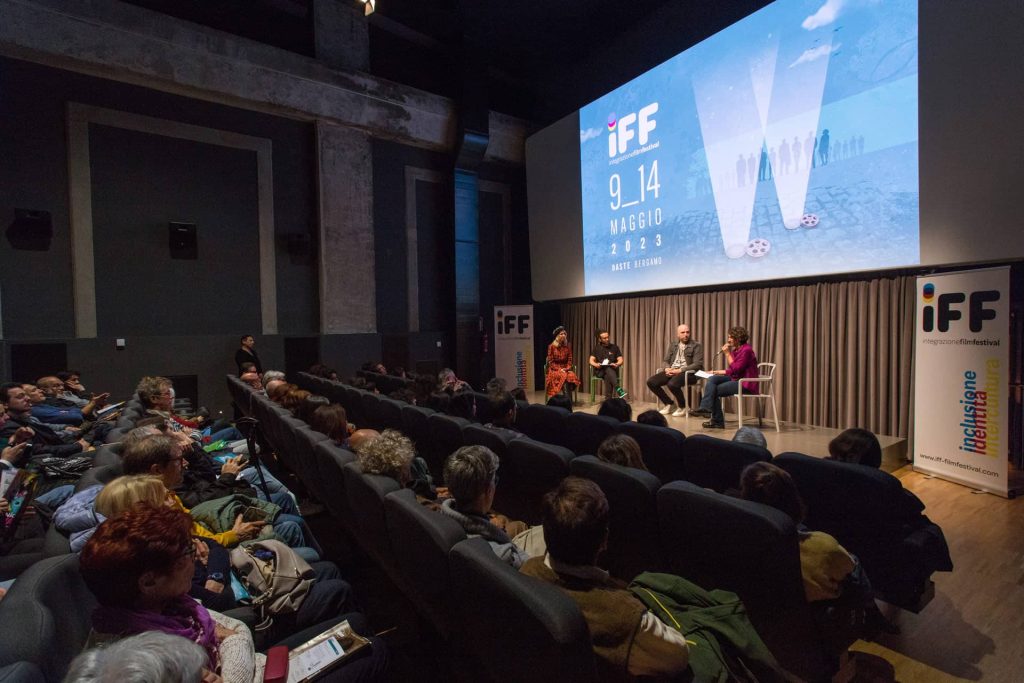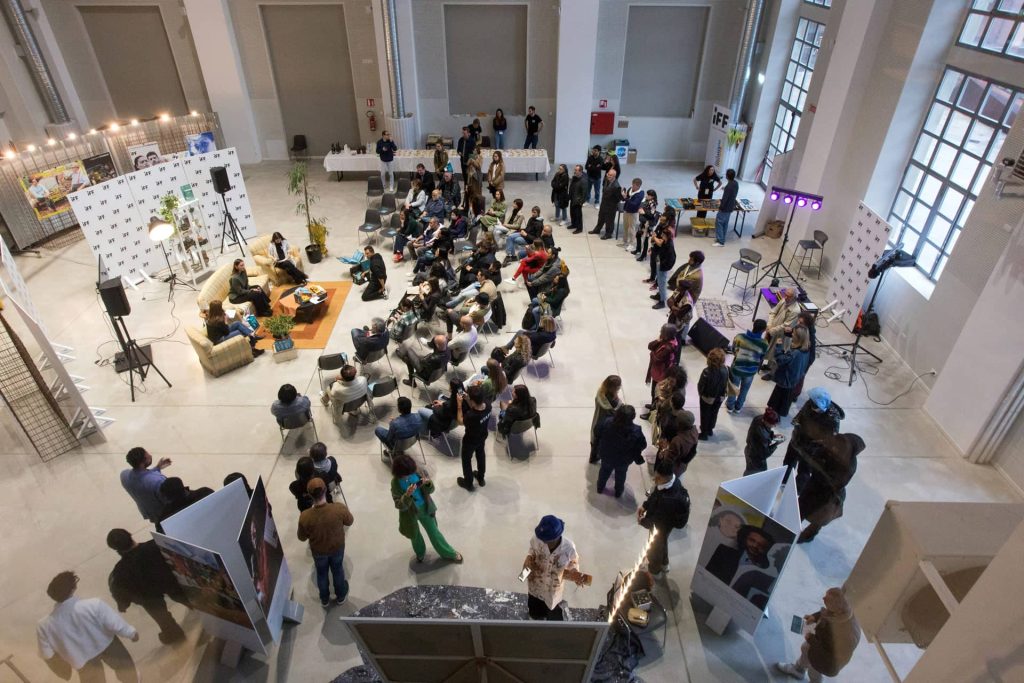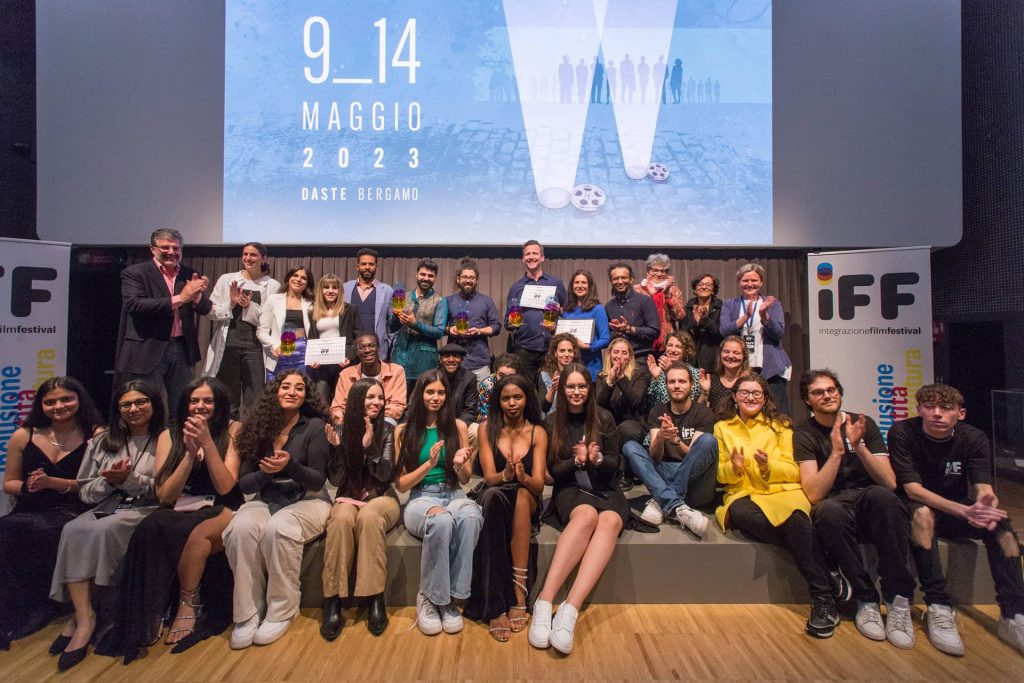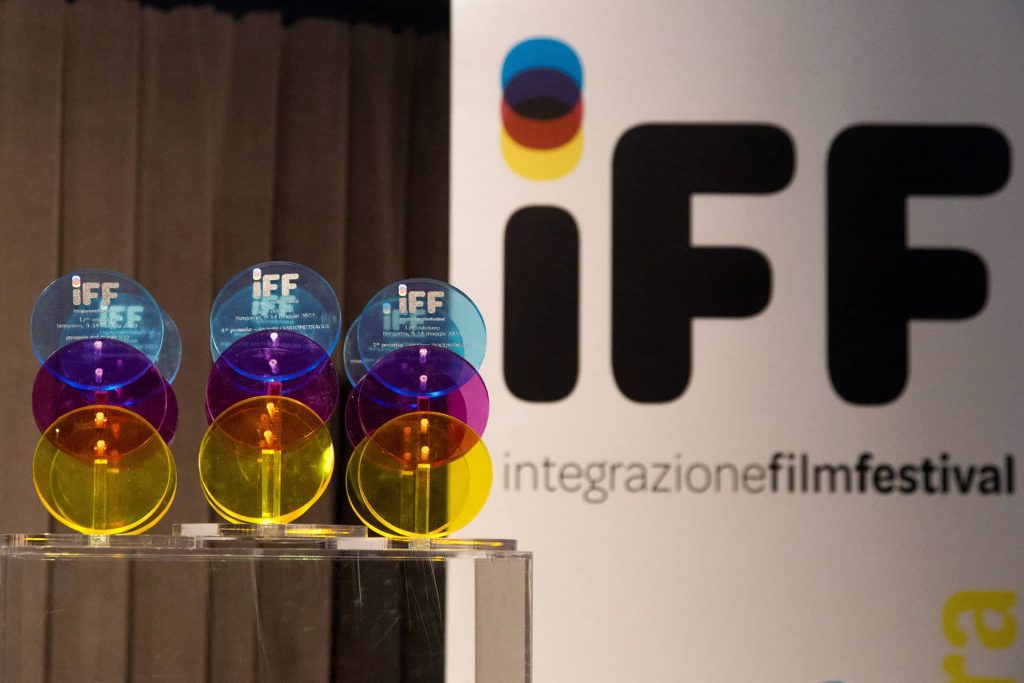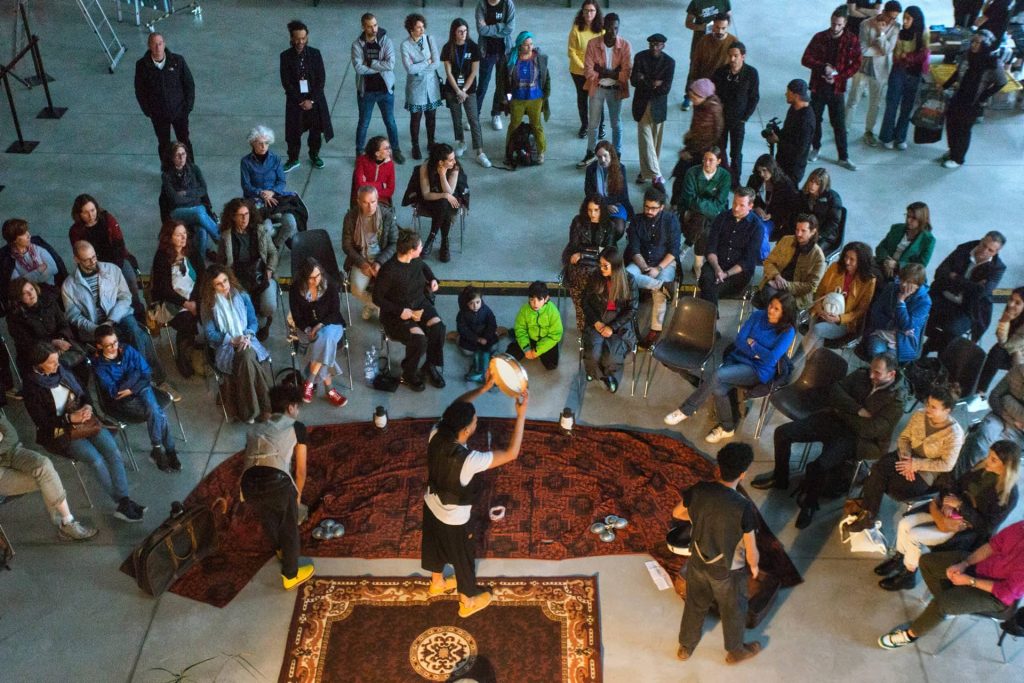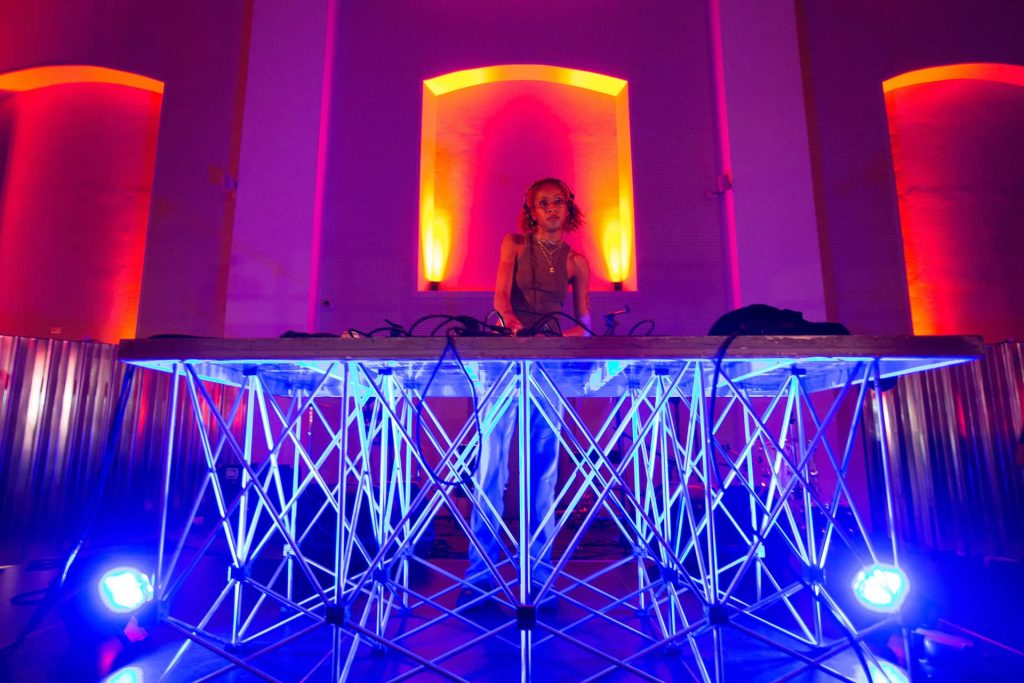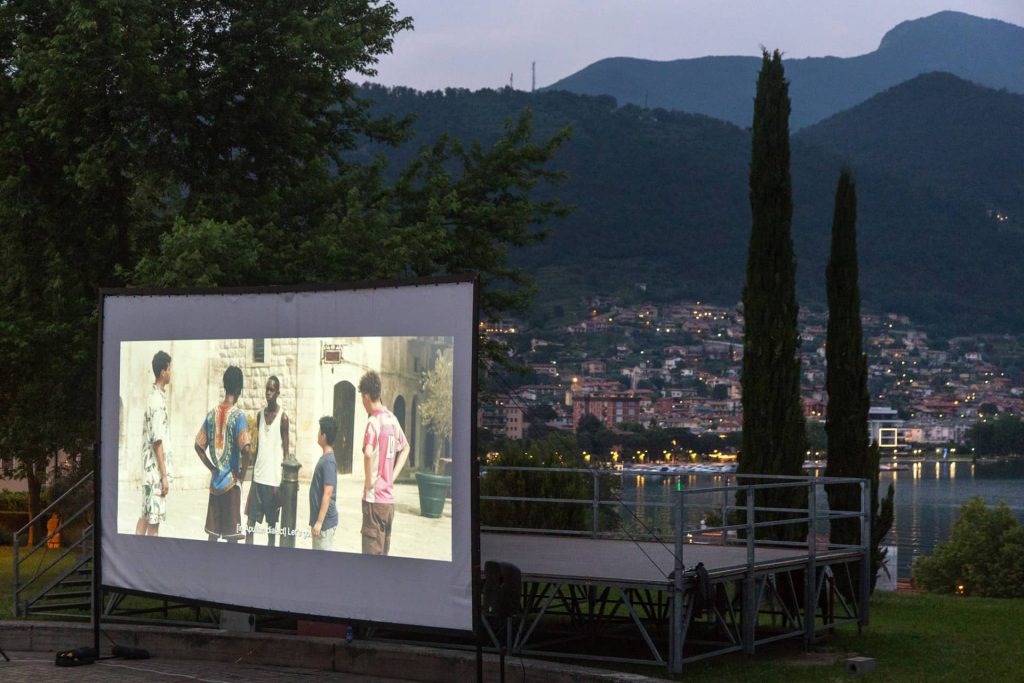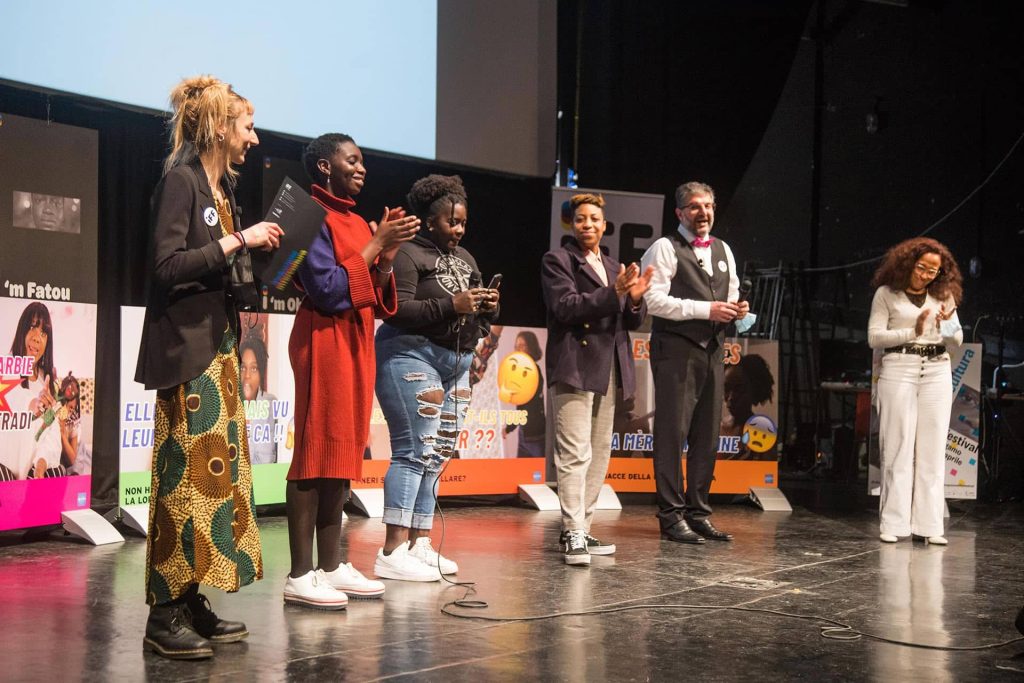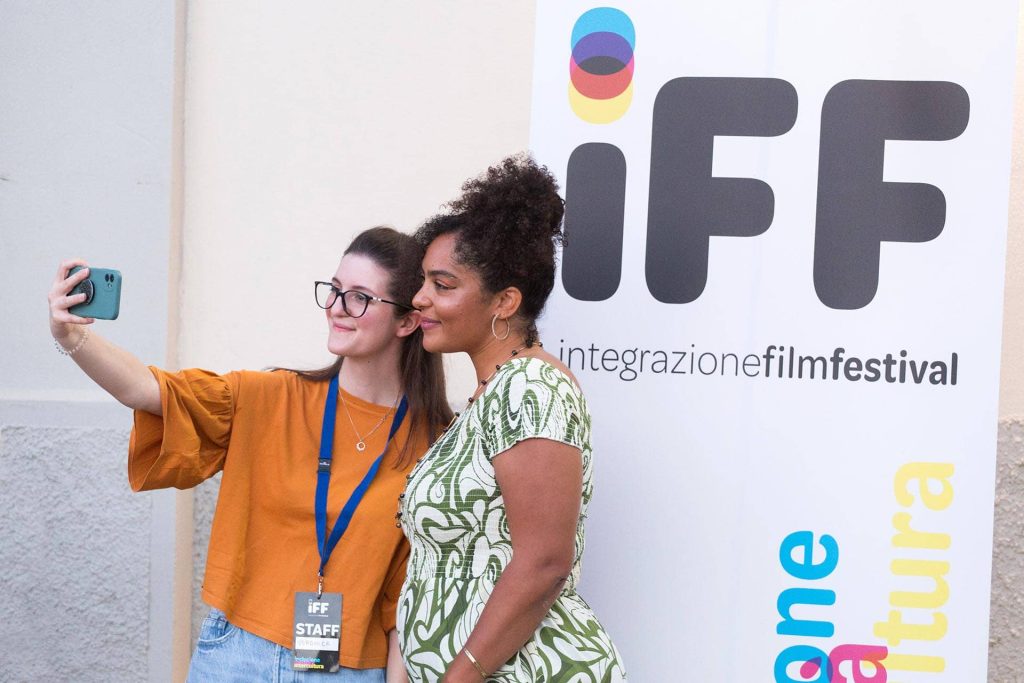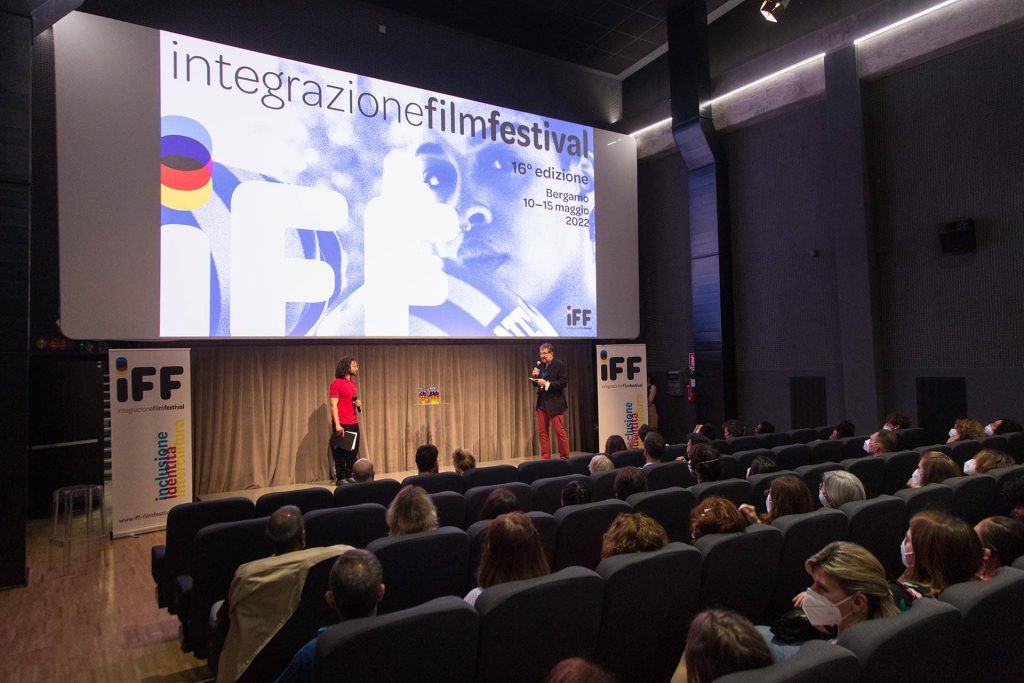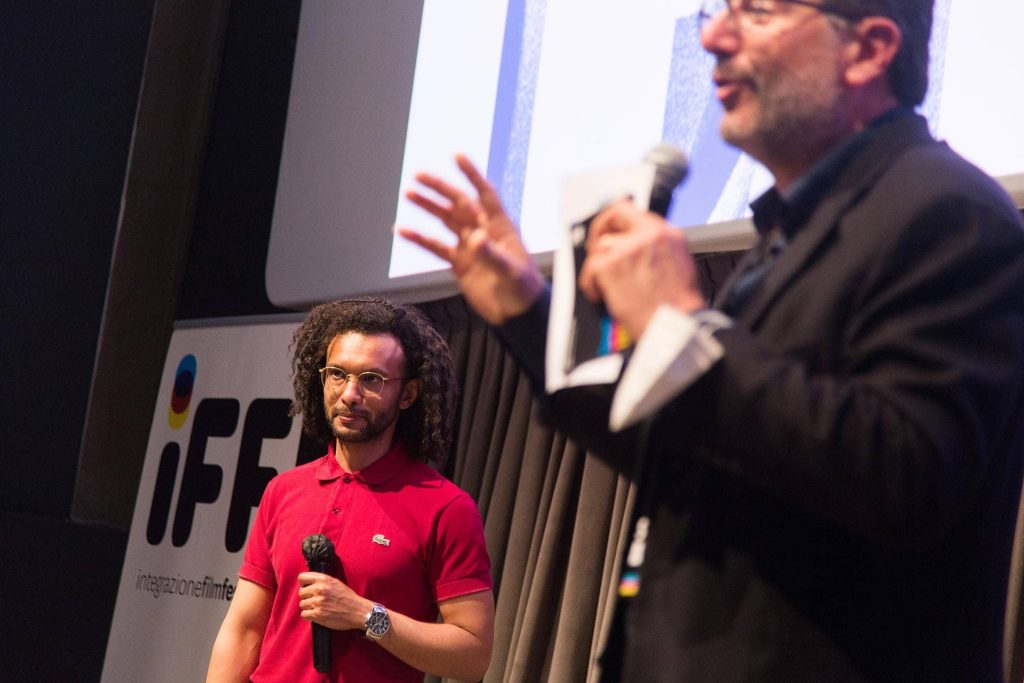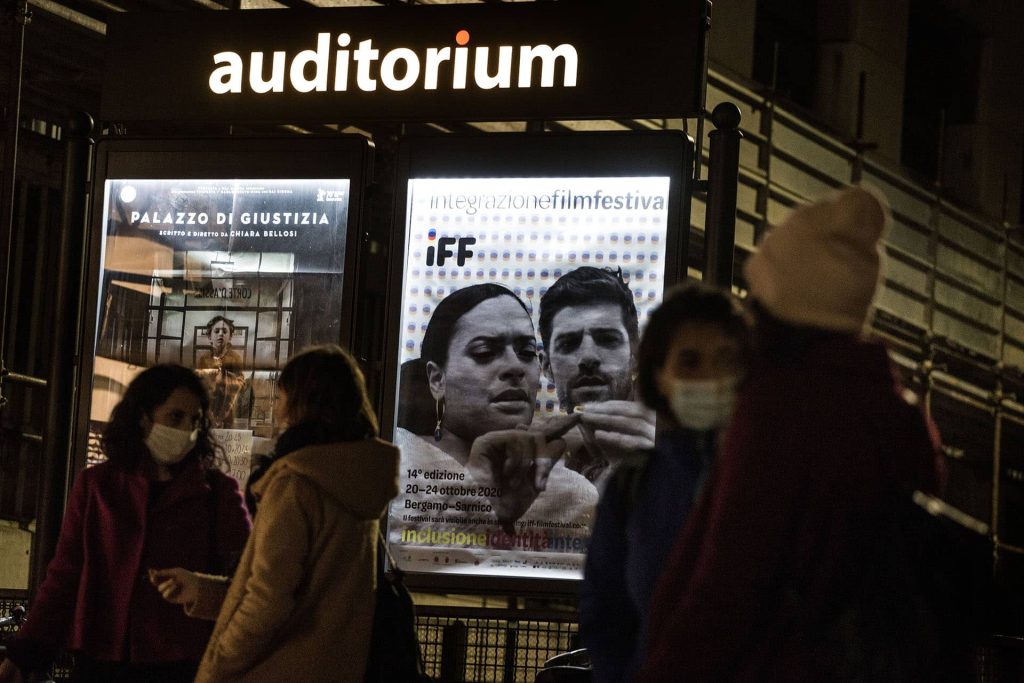THE FESTIVAL
Since 2007, the Festival has sought to tell its audiences about the ongoing multicultural, multilingual and multireligious transformations by exploring emerging socio-cultural dynamics through the gaze of cinema.
The “3 periods” above the “I” of Integration represent the 3 key words of the festival: IDENTITY, INCLUSION AND INTERCULTURE. These words are the compass that helps direct each artistic choice, as well as being a starting point and point of reflection for the awarding of prizes.
THE HISTORY
Born as a short film festival in Basso Sebino and grown as a film festival under the name “C’è un tempo per…l’ integrazione,” in 2019 the Festival arrives in Bergamo and becomes IFF – Integrazione Film Festival. In recent years, the festival has embraced the challenge of bringing to the public artistic and cultural proposals other than film, such as exhibitions, book presentations, talks, workshops and more.
Over time, collaborations and screening opportunities have expanded, especially during the year of Bergamo and Brescia Italian Capital of Culture 2023, getting to involve Institutes of different order and grade of the city of Bergamo and Province and other realities of the territory (CPIA, associations).
Over time, collaborations and screening opportunities have expanded, particularly during the year of Bergamo and Brescia Italian Capital of Culture 2023, getting to involve Institutes of different order and grade of the city of Bergamo and Province and other realities of the territory (CPIA, associations).
Thanks to the proposal of Corti Migranti and IFF-off in Sarnico, the festival’s short films can also be seen during the summer, with screenings in evocative and sometimes unusual locations such as parks, squares, along lakes, oratories and prisons.
COOPERATIVA RUAH
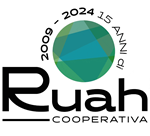 IFF Integration Film Festival is a project of Cooperativa Impresa Sociale Ruah, a nonprofit organization that, since 2009, has been committed to promoting social inclusion, environmental sustainability and people care. Among Cooperative Ruah’s goals is to promote and enhance encounters and dialogue between people of different cultures and backgrounds in order to foster the realization of a cohesive society in which every encounter is an opportunity for growth and every difference an asset to be explored.
IFF Integration Film Festival is a project of Cooperativa Impresa Sociale Ruah, a nonprofit organization that, since 2009, has been committed to promoting social inclusion, environmental sustainability and people care. Among Cooperative Ruah’s goals is to promote and enhance encounters and dialogue between people of different cultures and backgrounds in order to foster the realization of a cohesive society in which every encounter is an opportunity for growth and every difference an asset to be explored.

